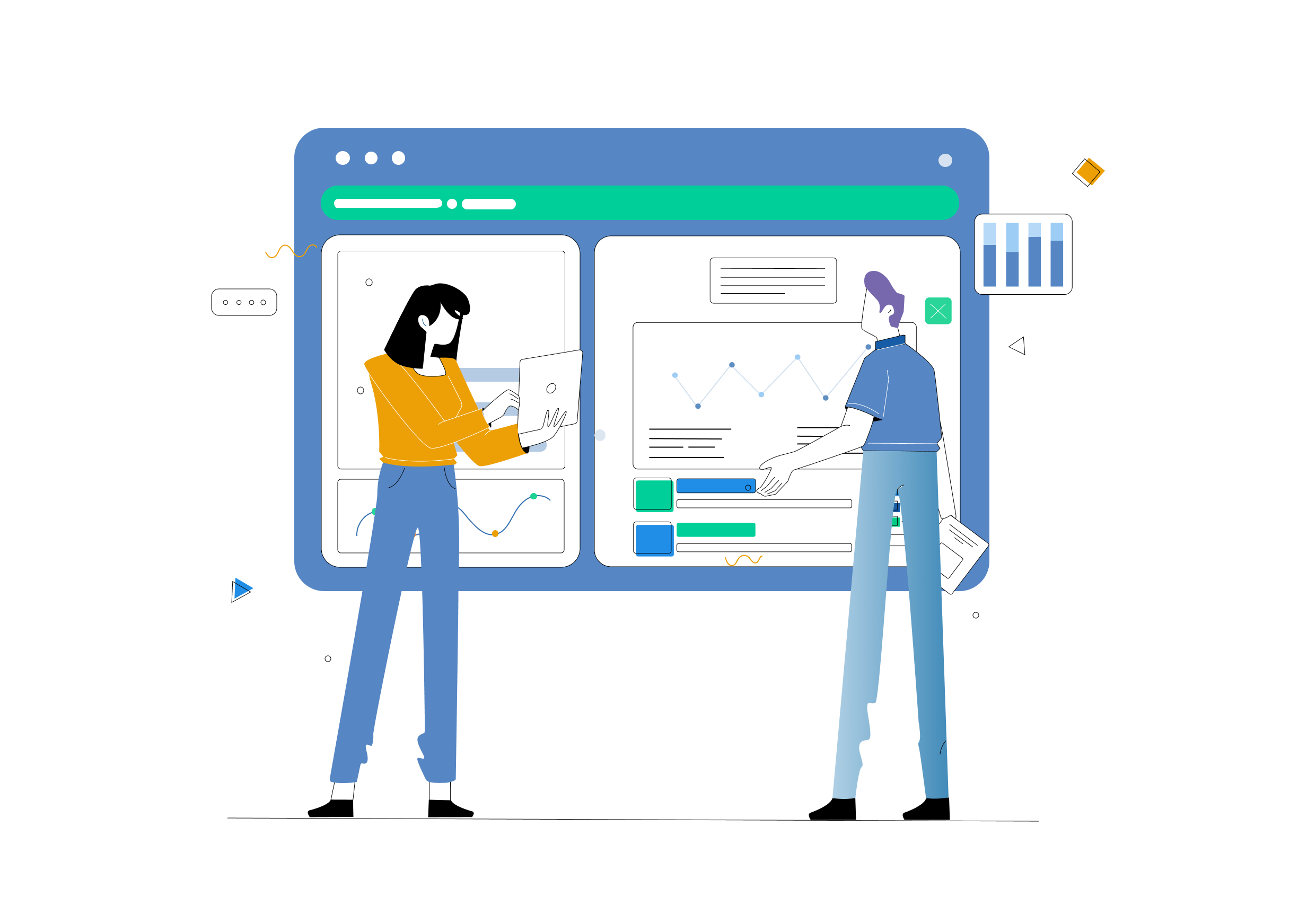Digital Marketplaces: An Opportunity for Buyers and Sellers
by Nikki Gonzales
Sep 30, 2021

Digital marketplaces have emerged as a key buying channel for B2B buyers.
More than ever, B2B procurement has shifted to digital channels, with many buyers preferring to buy via these sites rather than through traditional methods.
This trend is being led by Millennials taking over roles in procurement and purchasing departments.
The age of Amazon
Digital consumer platforms have proliferated making consumers more comfortable with buying products on digital marketplaces.
This is now happening for B2B procurement too, where buyers are increasingly looking online before they turn to brick and mortar stores, or local distributors, especially those that have no online presence.
As Millennials rise through the ranks within organizations, they are bringing their preferences for buying via digital channels to work.
In fact, according to a BCG survey, customers in the Millennial generation are 20% more likely than their older peers (those from Generation X and Baby Boomers) to have used an online marketplace.
This is having an impact on how customers buy: they're looking for suppliers that can provide product information at scale and keep track of orders digitally.
Another benefit to buyers is the ability to compare prices and availability across a single platform, which saves time.
These benefits are especially powerful for companies that have large, complex procurement workflows and need to manage multiple vendors simultaneously.
The ability to place orders digitally with many different suppliers at once helps improve the speed of transactions across all channels (invoicing, receiving goods in bulk, etc.) which is an advantage when companies are looking to reduce their spend, and make the most of every dollar they invest.
Acceleration of Digital Sales Channels after COVID
Post COVID-19, we've seen the pace of digital transformation accelerate across sectors. Major retailers are making significant investments in their eCommerce platforms to cater to the growing demand amongst B2B buyers.
More companies are also investing heavily in omnichannel strategies since customers' preferences have evolved, where they expect same-day delivery and other options that digital sales channels can provide.
The impact on the manufacturing industry is immense; creating huge opportunities for suppliers who are open to selling via these sites.
Given the pace of this disruption, it's no surprise that Cognizant research shows 97% of manufacturers expect their digital strategy to have a major impact on how they do business.
This is creating new opportunities for distributors looking to modernize sales processes and innovate with new business.
These trends are also driving how parts manufacturers market themselves online: more and more companies are using digital channels to engage with customers directly on their own websites as well as through other digital platforms like Marketplace sites.
This helps them improve the visibility of the products they offer and new sources of leads they can nurture to create long-term relationships.
What Millennials Buyers Want
Millennials have become an important part of the workforce and companies need to make sure their procurement processes keep pace with what young employees expect from suppliers.
How? By ensuring that all information is available digitally - whether it's product catalogs or manuals.
This trend is also having an impact on how companies buy: they're looking for more flexibility and speed from suppliers as well as better visibility into their supply chain.
In addition to speedy shipping, millennials want to communicate with suppliers on their terms.
Chat, text, email, and video calls top the list of how millennials like to communicate, with fewer of them opting for phone calls and in-person meetings with suppliers.
Given these circumstances, it's understandable why companies are rethinking their procurement strategies.
They need to consider how they can utilize digital channels (e.g., marketplaces, social media) for sourcing and selling goods, especially when it comes to Millennial employees who prefer this method.
What It Means For Suppliers
In the past five years, we've seen more suppliers than ever before wishing to join online marketplaces (over 80% according to BCG).
Suppliers can look forward to an uptick in sales, and improved visibility of their products which will ensure they reach a larger audience across different geographies.
These sites also help buyers figure out what product they need. They can see how much the product costs and all the specifications that it has, certifications, warranty details, and other things.
Suppliers can further distinguish themselves by offering informative product content, support with product selection, technical how-to articles or videos, and a focus on after-sales support.
The key is to ensure that suppliers have a robust online presence in order for them to keep up with the increasing number of B2B buyers who are searching online.
Joining a digital marketplace can have many advantages, in particular when it is tailored to an industry or product category that is attracting the ideal buyer to the platform.
Being absent from a growing digital marketplace can put a supplier in danger of being left out of the buying process altogether
The rise in popularity of B2B marketplaces is also an opportunity to connect with new customers and increase sales.
Digital marketplaces offer a central point for buyers to find and compare products, as well as connect with sellers.
However, the importance of digital platforms is not just about driving sales: these sites can give suppliers an opportunity to distinguish themselves by showcasing their capabilities and building long-term relationships through social media channels and targeted follow-up.
Conclusion
The rise in popularity of B2B marketplaces, similar to supply chain management software, is an opportunity for suppliers and buyers alike as both sides can benefit from the centralization of information, the ease of use, and built-in trust between parties.
Manufacturers and distributors should start adapting their sales strategies today to these new technologies if they want to remain competitive in this rapidly evolving landscape.
